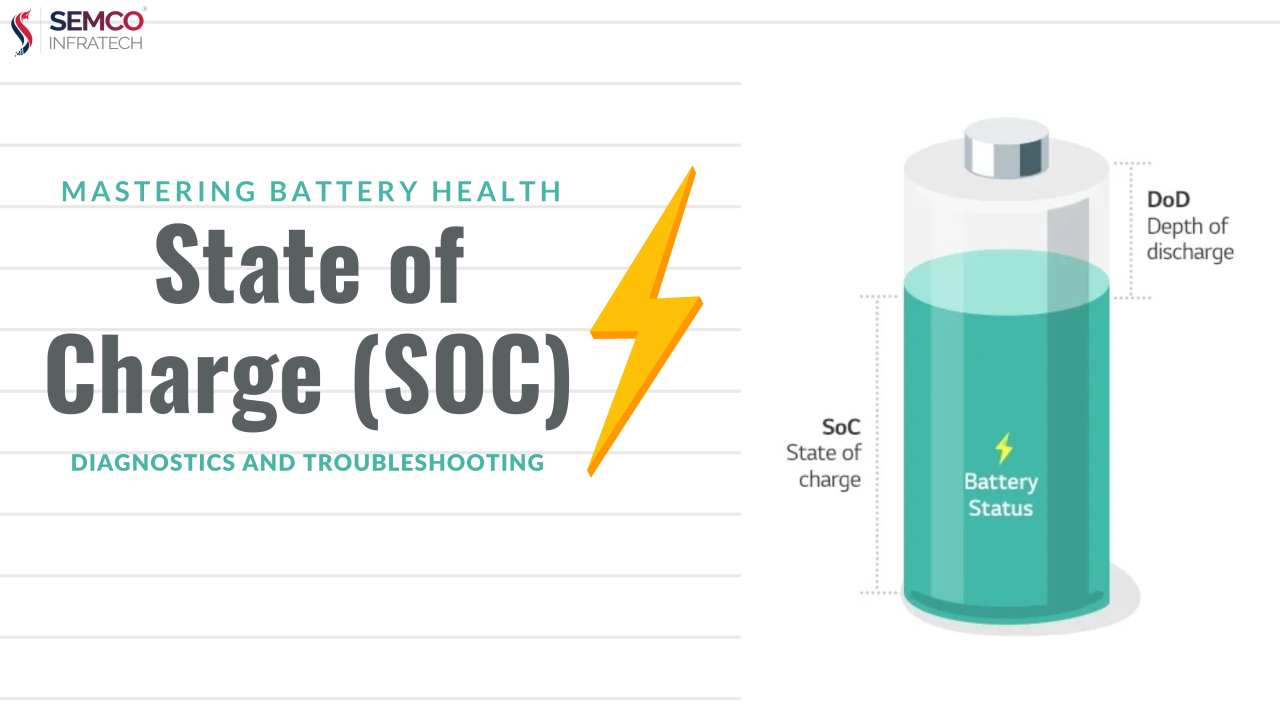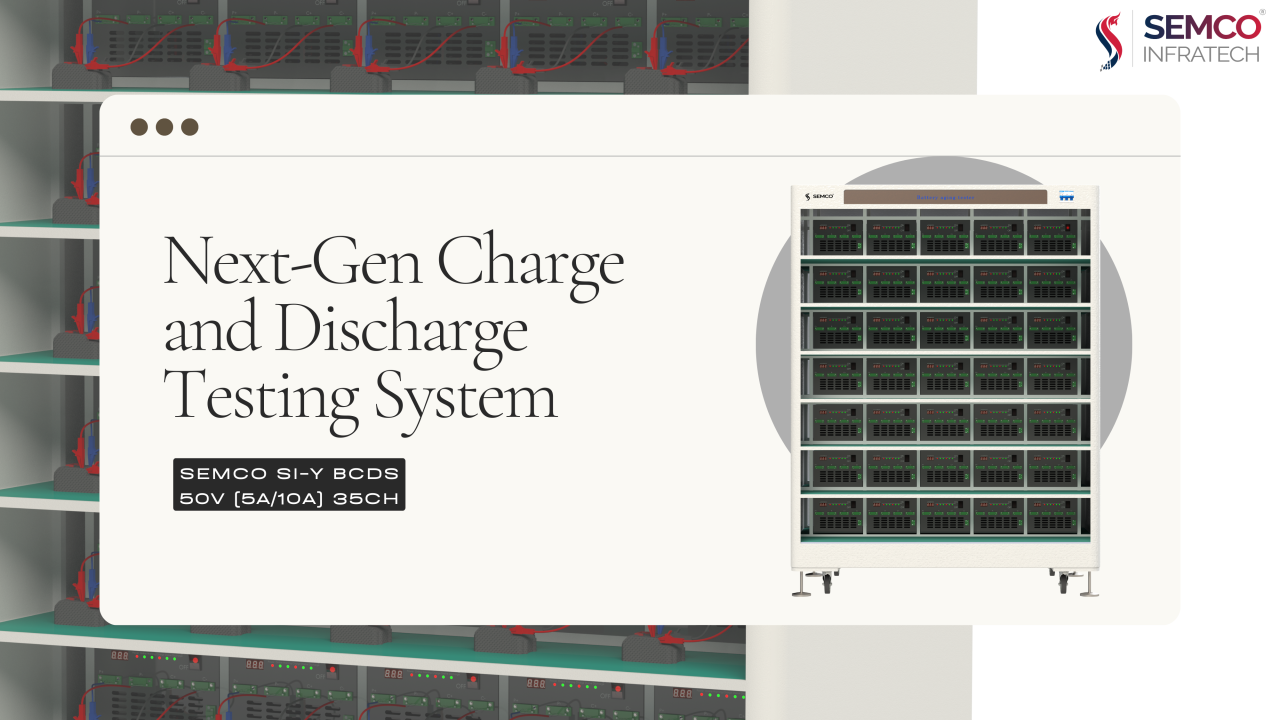Understanding the State of Charge (SOC) is crucial for maintaining the health and performance of lithium-ion batteries. Just like a fuel gauge in a vehicle, knowing the remaining charge in a battery ensures efficient energy management and prevents unexpected shutdowns. Today’s advanced Battery Management Systems (BMS) rely on a blend of diagnostic strategies to ensure SOC accuracy, even under dynamic load conditions.
Key Methods in SOC Diagnostics
1. Ampere-Hour Integration (Coulomb Counting)
This fundamental method tracks current flow over time to estimate charge. While simple, it’s vulnerable to drift, sensor inaccuracies, and self-discharge, making it necessary to combine with other correction techniques.
2. Charge and Discharge Voltage Correction
SOC estimates are refined by comparing recorded voltage/current data with pre-defined charge/discharge curve libraries. This helps identify the SOC more accurately based on battery-specific characteristics.

3. Open Circuit Voltage (OCV) Correction
OCV is the voltage measured when the battery is idle. The OCV-SOC curve provided by manufacturers is crucial for periodic calibration. When used properly, this method helps recalibrate SOC even during dynamic use, ensuring accurate battery diagnostics.
4. Full/Empty Position Correction
This method resets SOC at the limits—100% at full charge and 0% at full discharge. It ensures synchronization between the battery cluster and individual cell voltages, crucial for long-term accuracy.

Real-World Troubleshooting: The Step-Down SOC Mystery
At a project site, engineers noticed a “step-down” SOC drop after discharge, even during idle. Initially, it seemed to be a misconfigured OCV calibration function. But after disabling it, the issue persisted. A deeper analysis showed a SOC loss power of 2086W, hinting at phantom power drain due to a faulty compensation setting.

Solution:
- Executed “AAA4” command to reset EEPROM settings in the BMS.
- Implemented automatic cache cleaning to eliminate stale or erroneous data.
After these changes, SOC stability was restored, validating the critical need for precise system calibration and memory maintenance.

Best Practices for SOC Troubleshooting & Maintenance
- Verify manufacturer data like SOC-OCV curves before system integration.
- Watch for hidden parameters like SOC loss power compensation.
- Follow a systematic troubleshooting process from software to hardware.
- Add cache cleaning mechanisms to ensure data accuracy.

Conclusion
Accurate SOC estimation in lithium-ion batteries is a multi-layered process involving technical calibration, real-world validation, and proactive maintenance. Combining smart diagnostics with structured troubleshooting helps ensure battery safety, longevity, and optimal performance.





